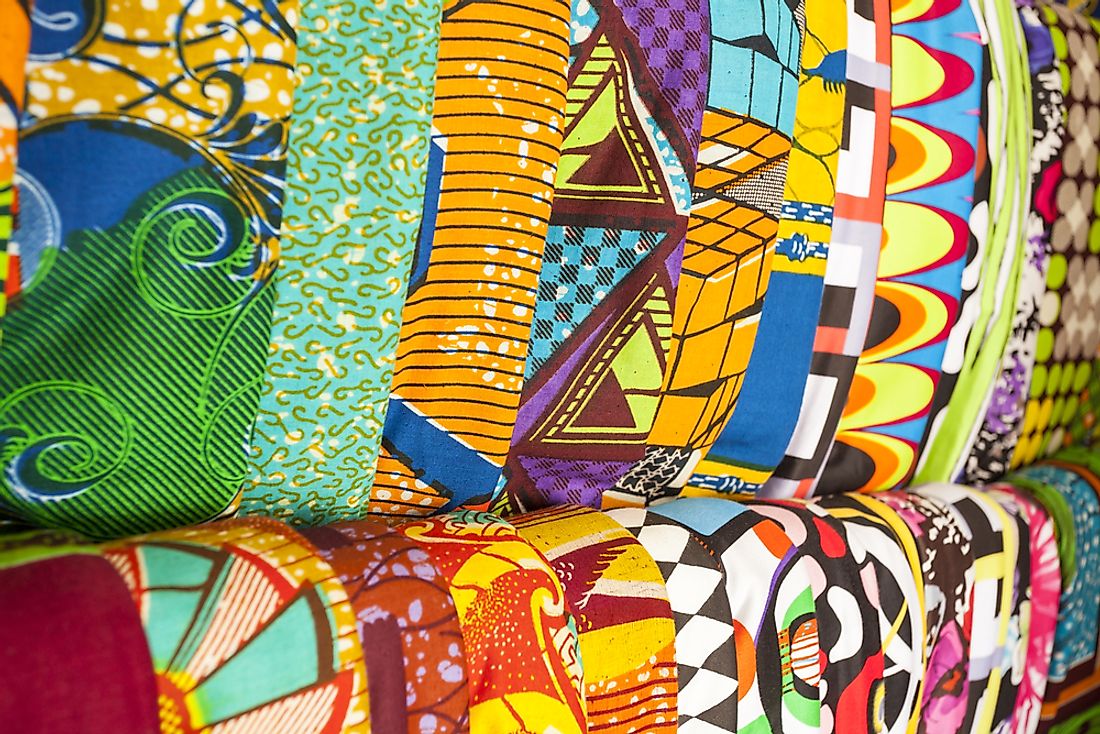Major Ethnic Groups of Ghana

Ghana has a population of 27.4 million people according to the 2015 population report published recently. The population of women is greater than men representing 50.3% of the population. With a population density of 115 people per square kilometers, Ghana is world’s 127th most populated country. The average life expectancy in the country is 60.95 years with a median age of 30 years old and an average family size of 3.5 persons. The majority of the population in the country (98%) is black Africans with the remaining 2% being of Asian, American, and European origin. Even though English is the official language, Ghana is an ethnically diverse country with several ethnic groups and tribes speaking different languages.
Major Ethnic Groups Of Ghana
Akan
Ashanti or Asanti are the largest subgroup of the Akan people. They speak an Asanti dialect of Twi which is a language spoken by over ten million Asanti people as the first language. Ashanti means “because of war.” Because of the gold and the presence of Lake Volta, the Ashanti people built an empire in 1670. The Ashanti Kingdom controlled much of the present Ghana using Kumasi as the central base. The leader of the kingdom, Osei Tutu, defeated Denkyira in 1701 and named his area of influence “Asanti.”
Other major subgroups of the Akan people include the Abbe, Abidji, Ahafo, Tchama, and Wassa.
Mole-Dagbon
Many Mole-Dagbon people inhabit the Northern Regions of the Kingdom of Dagbon. They speak the Dagbani language and account for 16.6% of Ghana’s population. They are related to the Mossi who have their homeland in the modern-day Burkina Faso. The Dagombas call their homeland Dagbon which covers an area of 20,000 square kilometers and was founded by Na Gbewa. The Mole-Dagbon have a sophisticated oral tradition that is woven around musical instruments including drums. Thus, its history has been influenced by the drummer. The culture of the Mole-Dagbon is influenced by Islam traditions. Islam is the state region. The important festivals observed by the Dagombas include Damba, Bugum, and the Islamic festivals
Ewe
Ewe people are located in Togo and the Volta Region of Ghana. They account for 13.9% of the Ghanaian population and speak the Ewe language. The Ewe people first occupied the regions of the Akanland and the Yorubaland but they are neither related to the Akan nor the Yoruba ethnic groups despite the mutual influence. The Ewe people are still organized into villages and elect their chiefs by consensus with the advice of the elders. The chief is not to be seen drinking and is expected to cover his head in public. The religion of the Ewe people is centered on the creator called Mawu and Lisa. They also believe in other secondary gods. Music through drumming and dancing are part of their festivals and feasting events.
Other Ethnic Groups Of Ghana
Other ethnic groups in Ghana include the Ga-Dangme who occupy the coastal region, the Gurma living in the Northern Volta, Guang, and Grusi. Due to immigration, a significant population of Chinese, Indian, and European nationals live in the country.
Ethnic Groups And Tribes In Ghana
| Rank | Ethnic Group | Share of Ghanaian Population |
|---|---|---|
| 1 | Ashanti-Akan | 47.5% |
| 2 | Mole-Dagbon | 16.6% |
| 3 | Ewe | 13.9% |
| 4 | Ga-Dangme | 7.4% |
| 5 | Gurma | 5.7% |
| 6 | Guang | 3.7% |
| 7 | Grusi | 2.5% |
| 8 | Mande | 1.1% |
| Other Groups | 1.4% |











